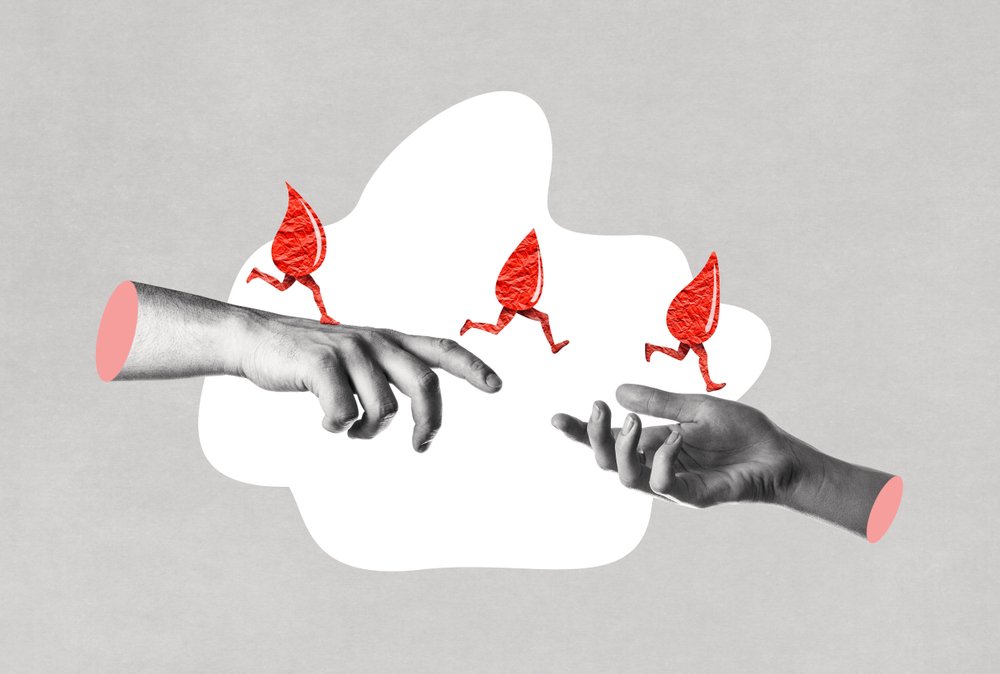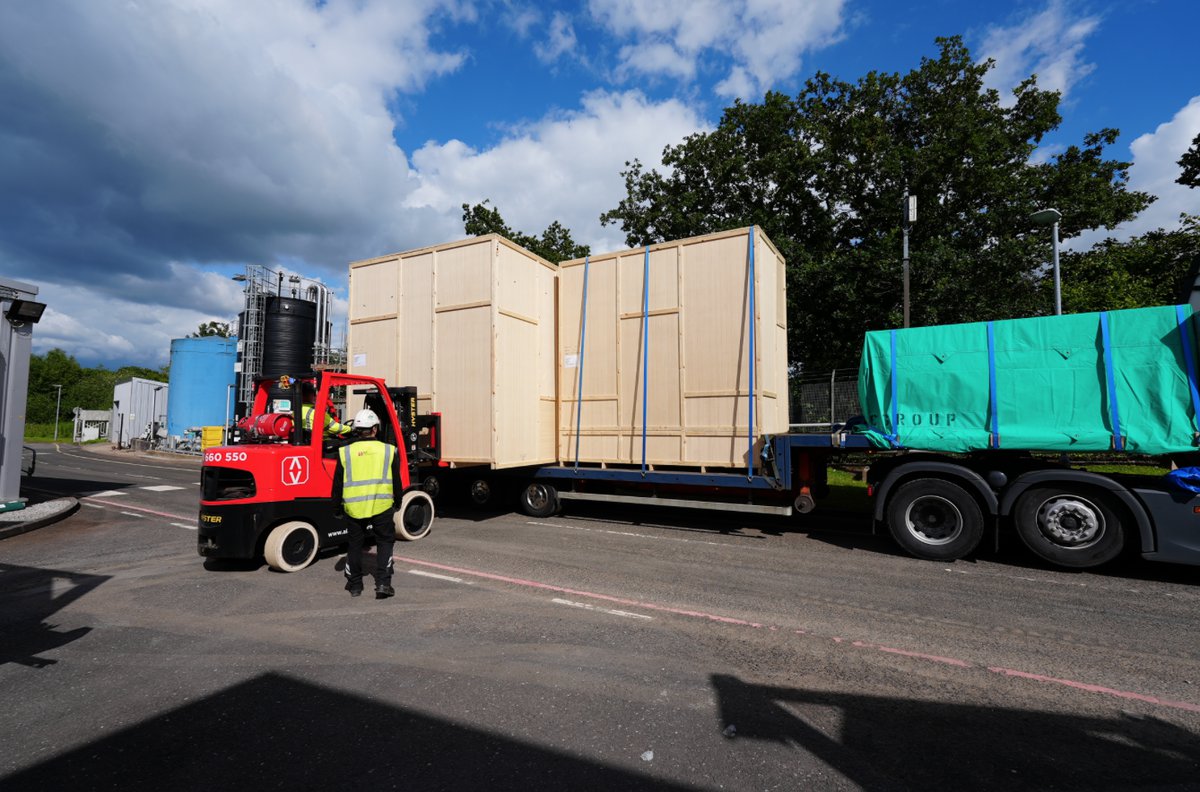Written by: Dr Sylvain Lacomble, Vice President Europe Middle East & Africa, Terumo Blood and Cell Technologies.
Blood and its components are essential medicines, utilised for a wide range of clinical indications including trauma care, major surgeries, treatment of chronic diseases like sickle cell anaemia or haemophilia, cancer therapies and managing severe anaemia or blood disorders. This breadth of applications is unparalleled by most pharmaceuticals, which typically target specific diseases or conditions. While drugs like antibiotics or pain relievers are crucial for treating infections and managing pain, they do not match the extensive variety of medical needs that blood addresses, making it an indispensable component of healthcare.
It is also one of very few medicines that rely entirely on the generosity of donors. In Europe, the Middle East and Africa (EMEA), approximately 35-40 million units of whole blood are collected every year. This means that every minute, around 72 healthy individuals donate blood to make this medicine available. The recruitment and retention of those blood donors remains one of the largest challenges faced by nations and their blood centres. Unfortunately, significant disparities in blood availability exist across the EMEA region, influenced by economic, infrastructural and cultural factors.
High-income countries and regions in Europe, such as Germany, UK, France, Iberia and Benelux, generally maintain robust blood donation systems, with well-established infrastructure, regular donor recruitment campaigns and comprehensive healthcare frameworks that help ensure a stable blood supply. Conversely, many low- and middle-income countries in Africa and parts of the Middle East struggle with maintaining sufficient blood stocks. For instance, Sub-Saharan Africa – which collects 5 to 10 times less blood per capita than most European countries – often experiences critical blood shortages that impact maternal health, trauma care and the treatment of severe anaemia triggered by sickle cell disease and malaria. These regions often face challenges such as limited healthcare infrastructure and lack of public awareness which limits blood donation.
One commonality that all countries face is that blood donors are central to making blood available for medical treatments. Regardless of the region, the availability of blood products relies heavily on the generosity and commitment of voluntary donors. Every year, on June 14th, World Blood Donor Day aims to raise awareness of the need for safe blood and blood products, to thank blood donors for their life-saving gifts, and to encourage more people to become regular donors.
Using Technology to Maximise Impact
Another essential way to honour blood donors is to maximise the output of their blood donation. We recognise that people are giving a life-saving part of themselves, and we have always felt a responsibility to use it appropriately. Over the last several decades, Terumo Blood and Cell Technologies (Terumo BCT) and others in our field have developed several technologies to do exactly that. It started with the development of apheresis technologies, which enabled blood centres to improve the number of platelet units collected from single donors.
From there, Terumo BCT developed the Trima Accel Automated Blood Collection System to get the most from donations, as well as to encourage repeat donations by providing an improved collection experience for donors. Ten years ago, we also pioneered the introduction of an automation technology allowing blood banks to automate blood separation from whole blood donations. This advanced technology, called the Reveos Automated Blood Processing System, optimises the recovery of various blood components such as plasma, platelets and red blood cells from a single donation. This not only increases the efficiency of the blood separation process but also enhances the availability of specific components needed for different medical treatments.
Terumo BCT has also developed platforms to enable the development and manufacture of cutting-edge cell and gene therapies, which in the future will turn donors’ blood components into medicines for a range of new diseases.
Of course, technological advances alone are not sufficient to maximise access to blood and its components. It requires a partnership mindset with many stakeholders to make sure those blood products are accessible for those in needs. For instance, in February, National Health Service (NHS) England announced that children, young people and adults in the northeast suffering from sickle cell disease will soon benefit from better care closer to where they live. This will be achieved through a national £1.5 million investment in 25 devices that automate red blood cell exchange, a process wherein diseased cells are removed and replaced with healthy donor cells.
This investment will help more patients access a proven blood therapy to manage their sickle cell disease. While the option has existed for years, it has been inaccessible to some patients — especially in underserved communities — due to several barriers, including limited awareness. Now, thanks to the collaborative efforts of the NHS, the Health Innovation Network, patients and companies like Terumo Blood and Cell Technologies, this program could provide 10,000 more apheresis blood therapy treatments per year using our Spectra Optia, making it a therapeutic option for more patients.
But let’s not forget, one of the beauties of blood as a medicine is that each one of us can play an important role in making it available. Each one of us has the potential to simply donate blood (which is a safe process that usually takes about 10-15 minutes) and/or advocate for the importance of blood donations among our friends, family and community. On World Blood Donation Day, we are celebrating both the blood donors and the healthcare professionals who are making blood accessible, safe, and sufficient for the millions of patients in need.





.jpg?cb=6b7b053bcda21975bdcb257793c317b4&w=1200)